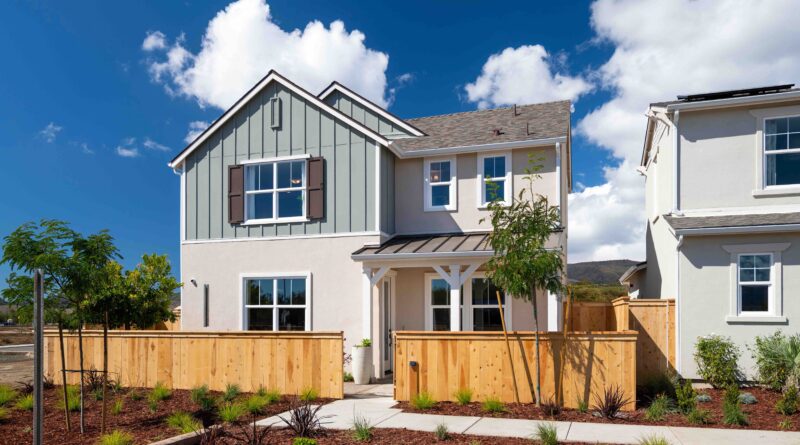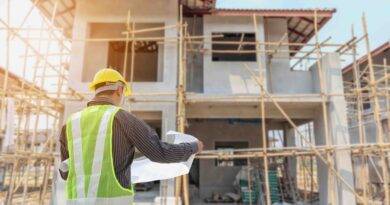Construction Spending Grows for 11th Straight Month on Strong Residential Building
In November, construction spending in the United States saw a rise, influenced partly by a surge in residential home construction aimed at addressing the escalating demand for housing inventory triggered by elevated mortgage rates. According to the Census Bureau, construction spending for November increased by 0.4% compared to October, marking the 11th consecutive month of heightened expenditure on materials, labor, engineering, and other construction-related costs. Economists surveyed by Dow Jones Newswires and The Wall Street Journal had anticipated a 0.6% increase in construction spending.
According to Investopedia,
Single-Family Home Spending Grows as Builders Seek To Increase Inventory
New residential construction increased by 1.1% over October’s totals, helping to drive the overall spending increase. Spending on construction of new single-family residences jumped 2.9%. The spending on housing construction has been spurred by high mortgage rates that have helped undercut the housing supply, sending sales of existing homes to their lowest levels in 13 years.
“Investors should expect homebuilders to grow their business this year as the residential real estate market benefits from lower rates in the upcoming months,” Jeffrey Roach, LPL Financial chief economist, said. “Given the construction activity, we expect residential investment to contribute to economic growth in the fourth quarter.”
After mortgage rates reached their highest levels in more than two decades in 2023, rates have begun to fall on optimism that the Federal Reserve will begin to cut interest rates in 2024. Mortgage rates moved down to just below 7%.
High mortgage rates have produced a “lock-in” effect for homeowners who secured a lower rate before the increases and are now reluctant to give it up by selling their home. Builders have been working to add new inventory to the market, with the Census Bureau reporting a 15% jump in housing starts in November.


